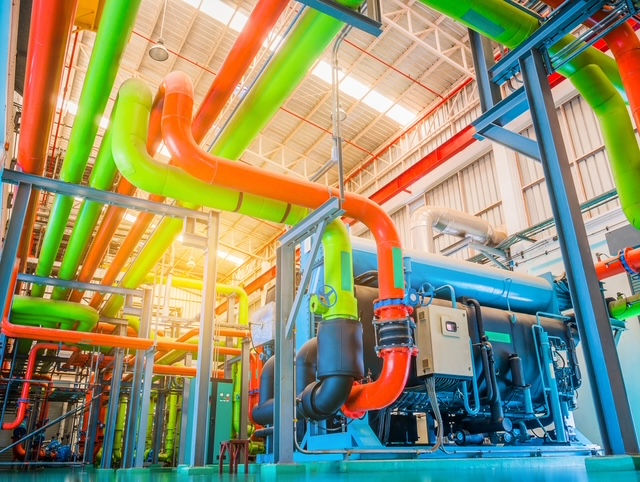Understanding Lyophilizers: Function, Diagnostics, and Maintenance Needs
- MSC
- Jun 12, 2022
- 2 min read
Updated: Jan 3, 2025
The lyophilizer, or freeze dryer, is one of the most essential pieces of equipment in pharmaceuticals and food manufacturing. Lyophilization is a low-temperature dehydration process in which water is removed from a product or sample in three interdependent phases: freezing, primary drying (sublimation), and secondary drying (desorption). In pharmaceuticals and biotechnology, it is primarily used to maximize sample stability and shelf life while maintaining product characteristics, and to enable easier storage and transport.

During the freezing phase, the product is cooled below the triple point of water, a point at which solid, liquid, and gas can coexist and are equally stable. This ensures that sublimation, or conversion to vapor, will occur during the primary drying phase rather than melting.
Next, the product is placed under a deep vacuum, and a small amount of heat energy is applied, energizing the ice crystals to sublime. About 95% of the water is removed in this phase.
In the secondary drying phase, the remaining unfrozen water molecules adsorbed to the product are removed by slightly increasing the temperature to disrupt their interaction with the frozen material, then lowering or increasing pressure to encourage desorption.
Lyophilizers come in many types, but most contain a similar set of main components. These are the refrigeration system, vacuum system, instrumentation and controls, product chamber or manifold, and condenser. As with any process cooling, lyophilizer maintenance, diagnostics, and repair require a knowledgeable service contractor like Mechanical Service Corporation that understands the lyophilizer process and inherent problems and failure points, particularly in screw-type machines.
Many lyophilizers have built-in function testing systems that should be run semi-annually or quarterly (annually at minimum) by trained service technicians, and some facilities may require testing as often monthly depending on their standard operating procedures. The function test checks refrigeration and mechanical components including compressors, refrigerant charge, valves, heat transfer systems, etc. Common lyophilizer problems include refrigerant leaks, electrical relay failures, and valve failures.
Preventive maintenance should be performed at prescribed intervals. Lyophilizer PM checklist items should include (at minimum):
Verify UPS and emergency power through the ATS
Check computer and VFD alarm history to diagnose anomalies
Verify and calibrate temperature, pressure, and level instruments per SOP
Check wet vacuum pump oil and change every 2,000-3,000 hours, especially when using solvents other than water. Oil-free vacuum pumps are not as common as wet and may require periodic rebuilding due to lack of lubrication.
Finally, it is essential to keep critical spare parts on hand in case of an emergency.




Comments